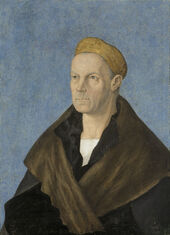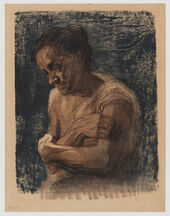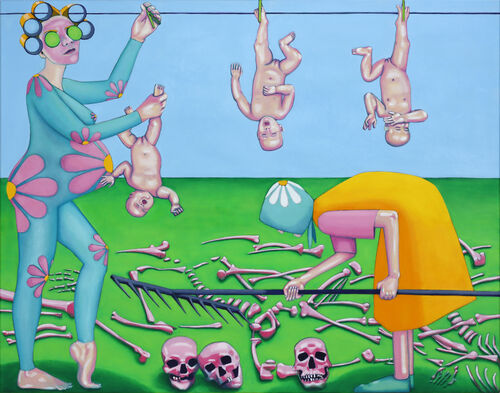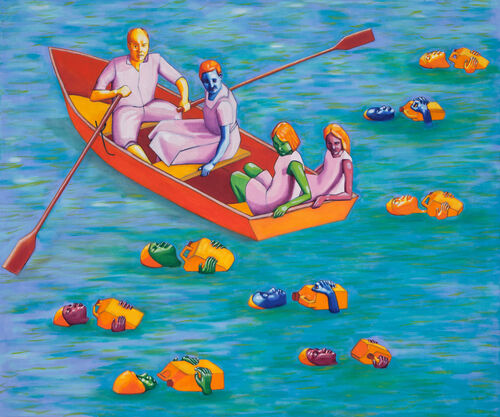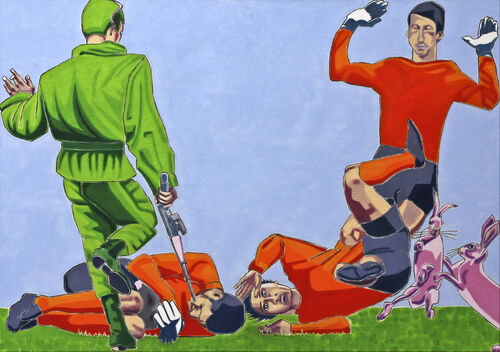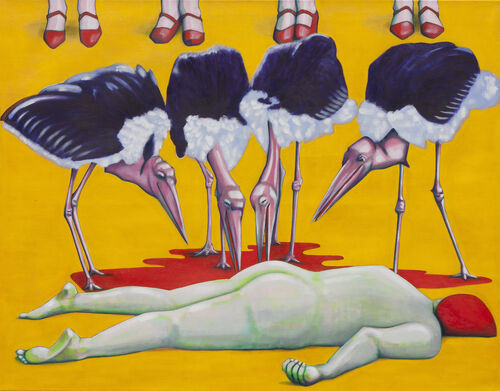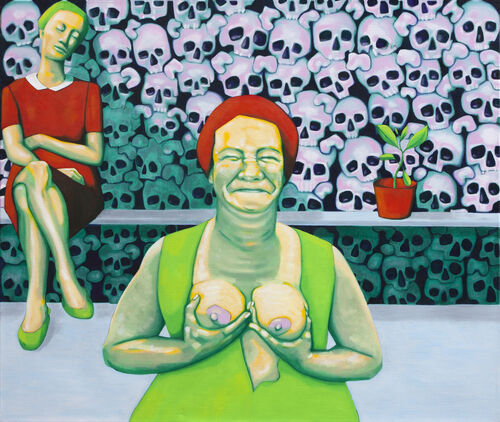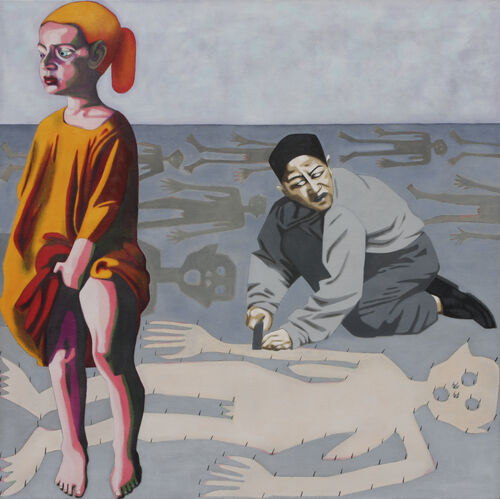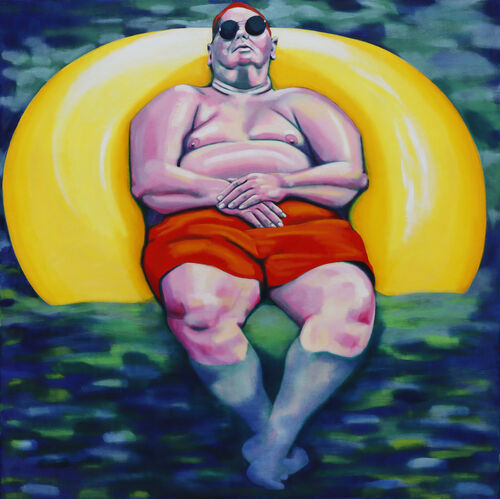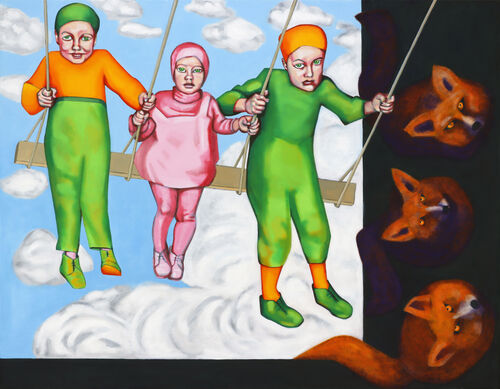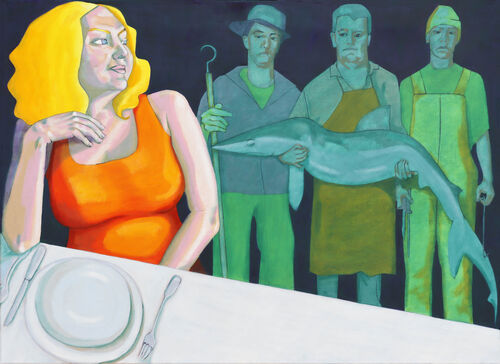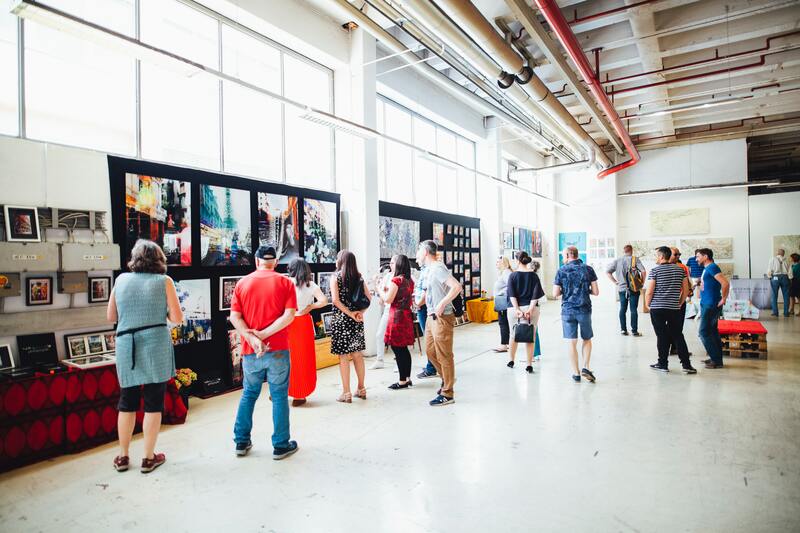
More on the subject Art Market
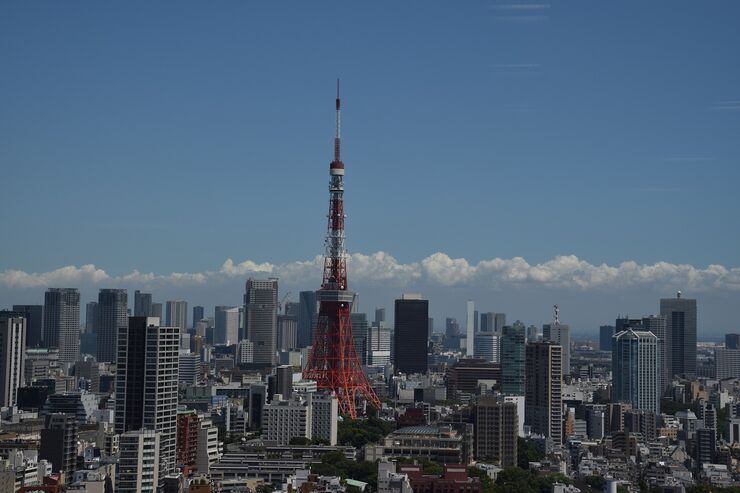
Gamechanger in Japan?
The art world is eagerly awaiting July 2023: That's when Tokyo Gendai, a new art fair opens that could have a significant impact on the market in Asia − if it's successful. Up to 100 international galleries will take part in the premiere.
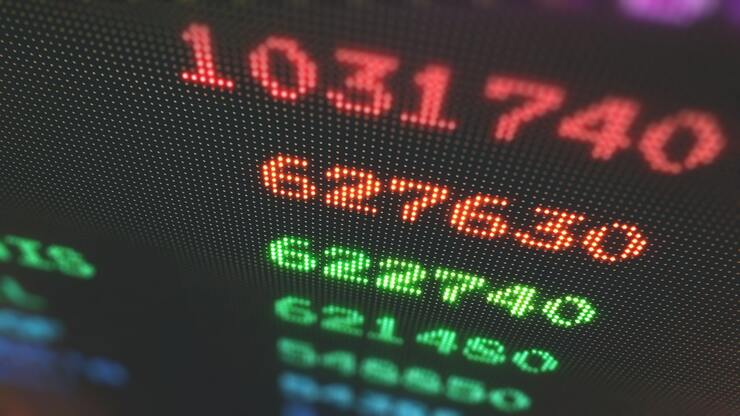
Artnet: forced to change structure?
Artnet AG's most important external shareholder, Weng Fine Art AG, wants to make a voluntary purchase offer to all shareholders - and drive its own share just below the 30% control threshold. In doing so, it reopens old wounds and pokes at Artnet's corporate structure - what is it up to?
Dive deeper into the art world
Golden times: The Fuggers as patrons of the arts
On the 500th anniversary of Jakob Fugger's death on December 30, the Schaezlerpalais is commemorating him as a patron of the arts: the wealthy merchant family commissioned numerous artists of their time. The exhibition Art’s Rich Heritage: Jakob Fugger and his Legacy runs until April 12, 2026, in Augsburg.







